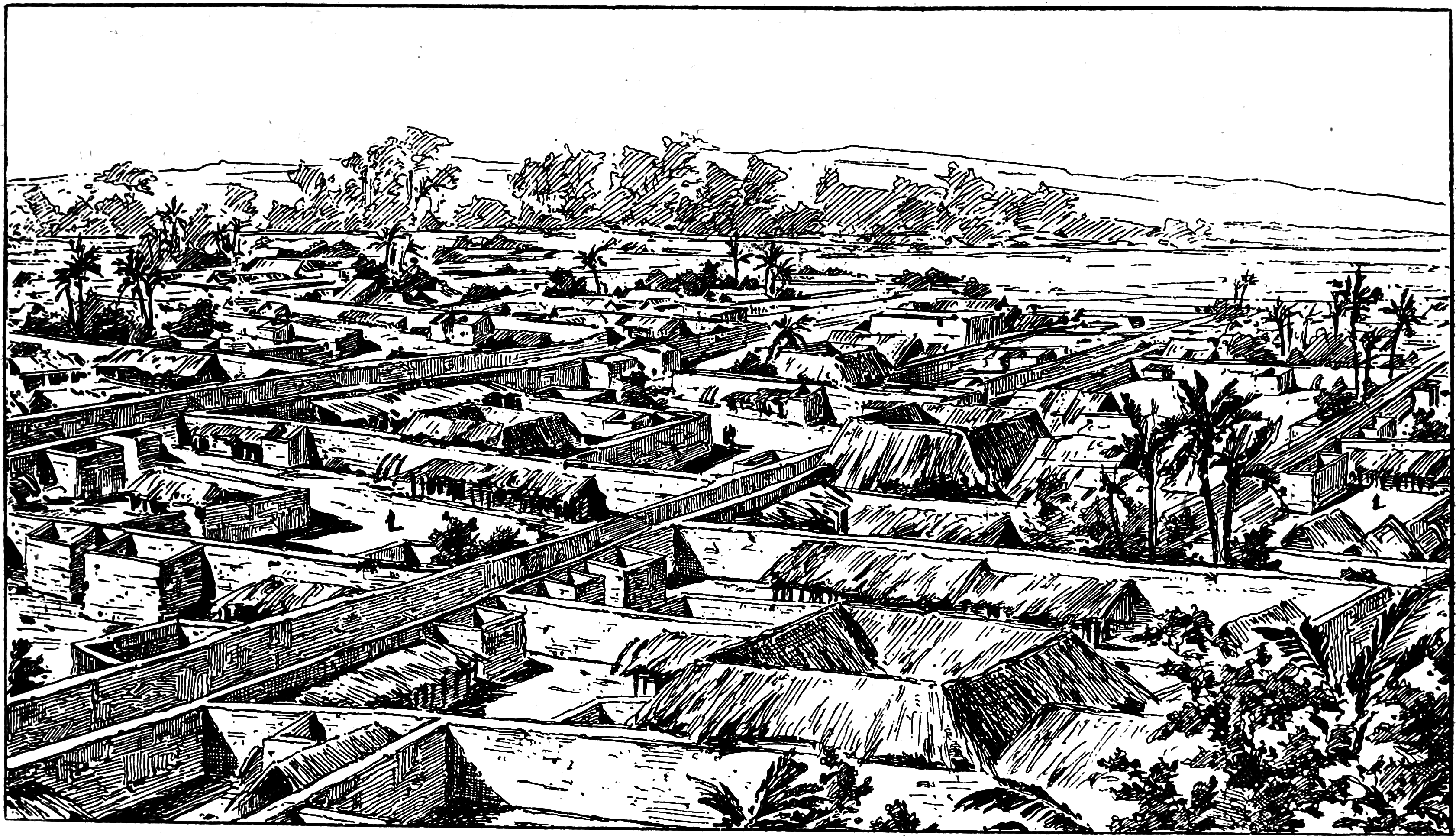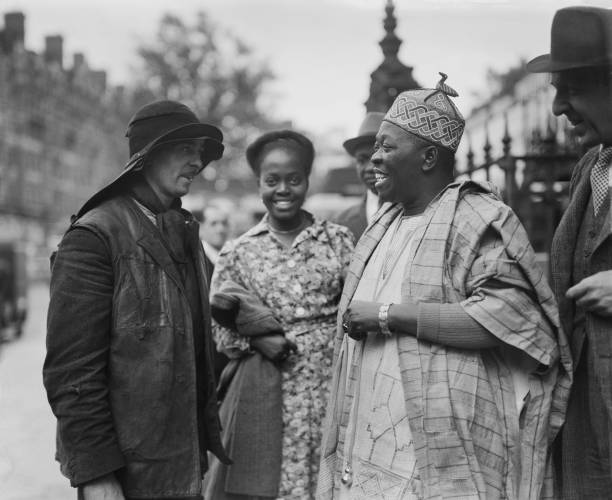Celebrating Diverse Cultures in the Classroom

Teaching diversity in elementary school is a powerful approach to fostering understanding, kindness, and empathy among young students. By introducing children to different cultures, languages, and traditions, educators can help them develop respect for others, pride in their own heritage, and openness to new experiences. These lessons, often integrated through simple activities like sharing food, music, stories, and conversations, are crucial for shaping how children think, act, and connect with the world around them. The ultimate goal is to cultivate classrooms where every child feels included, and where kindness and academic growth go hand-in-hand.
Early diversity education is transformative. When children learn about various cultures, they naturally develop empathy, viewing differences as fascinating rather than intimidating. This proactive learning prevents the formation of stereotypes and prepares children for a globalized world where they will collaborate with people from diverse backgrounds. It also enhances critical thinking skills, as students learn to question, compare, and understand different perspectives. Crucially, it ensures that every child feels a sense of belonging, validating their unique stories and boosting their confidence in all aspects of their lives.
To effectively plan meaningful and engaging diversity activities, several key principles should be followed. Teachers should collaborate with families, who are invaluable resources for sharing traditions. Activities should be hands-on, as children learn best by doing. A mix of activities involving food, art, music, and games caters to various learning styles. It’s important to embrace mistakes, using mispronunciations or misunderstandings as teaching moments. Empowering children to lead some activities can reveal surprising curiosity and connections. The aim is to make diversity an integrated, everyday reality rather than an isolated lesson, ensuring that activities are fun, respectful, and authentic, building the cultural understanding essential for our world.
A wide array of cultural celebration activities can transform a classroom into a global experience. An "International Food Day" allows students to share dishes from their heritage or chosen culture, complete with recipe cards explaining cultural significance. A "Traditional Clothing Show-and-Tell" involves a classroom fashion show where students display and explain the meaning behind cultural garments. A "Holiday Traditions Around the World" project encourages a year-long exploration of global celebrations through crafts, stories, and foods. A "Cultural Music and Dance Festival" enables students to teach traditional dances and explore musical expressions from various cultures. "Heritage Month Deep Dives" immerse students in a culture through decorations, guest speakers, and research on influential figures. A "Family Recipe Exchange" compiles a classroom cookbook, connecting home and school through shared culinary traditions. Finally, a "Cultural Artifact Museum" turns students into curators, displaying meaningful objects from their backgrounds with professional labels, fostering research and public speaking skills.
Language and communication diversity activities highlight how people share ideas globally, beyond just spoken words. A "Hello in Different Languages Wall" serves as an interactive bulletin board for greetings with pronunciations and countries. "Multilingual Storytime" invites native speakers to read, allowing children to experience the rhythm and emotion of different languages. "Sign Language Basics" introduces American Sign Language, promoting understanding of visual communication and deaf culture. "Digital Pen Pal Connections" facilitate real-world friendships with classrooms abroad, enriching geography and writing skills. "Our Class Dictionary" is a collaborative book of important words from family heritage languages. "Language Detective Week" encourages weekly investigation into different world languages, fostering curiosity about linguistic evolution. A "Translation Telephone" game humorously demonstrates the complexities of translation and the importance of clear communication.
Art and creative expression activities offer a visual and tactile way to study world cultures. "Folk Art Exploration" involves creating art inspired by traditions like Mexican papel picado or Japanese origami, understanding their cultural significance. "Pattern Detectives" examine geometric patterns in diverse art forms, connecting art with mathematics. "Mask Stories" explore masks from various cultures, discussing their purposes from celebration to spiritual use. "Symbol Collectors" research and create collages with cultural symbols like the lotus flower or Celtic knots. A "Classroom Flag Project" teaches about national identity through design and democratic voting. "Community Story Quilts" involve students making quilt squares about their family stories, combining into a collaborative artwork. "Recycled Music Makers" combine cultural learning with environmental awareness by building instruments from recycled materials, exploring how music is made globally.
Literature and storytelling activities deepen empathy and cultural awareness by introducing students to diverse experiences through books and narratives. "Diverse Book Clubs" engage students in discussions about characters from various backgrounds, promoting empathy. A "Folktale Drama Club" turns global folktales into plays, revealing universal lessons across cultures. "Living History Reports" empower students to research and present as inspiring figures from diverse backgrounds, making history personal. "Family Journey Maps" involve interviewing relatives about their family’s migration stories, honoring heritage and building empathy for immigrants. "Author Video Calls" connect students with diverse children’s authors, making books and cultural storytelling come alive. "Same Story, Different Versions" compares hundreds of Cinderella tales worldwide, highlighting cultural filters on universal experiences. "Classroom Legend Creation" applies cultural storytelling traditions to create school-specific myths.
Interactive diversity learning activities provide hands-on practice in cultural competency. A "Culture Walk Simulation" allows students to practice greetings and behaviors from different cultures, building practical skills. "Human Bingo Discovery" reveals classroom diversity by having students find classmates matching unique experiences. "Myth Busting Workshops" teach critical thinking by having students research and debunk common stereotypes. "Community Helper Interviews" invite diverse local workers, breaking job stereotypes and showing community service. "Virtual World Tours" enable online field trips to global landmarks, inspiring interest in the wider world. "Global Game Day" introduces playground games from different countries, showing the universality of play. A "Unity Chain Challenge" visually represents classroom diversity and shared connections through paper strips, growing throughout the year.
To ensure meaningful diversity education and avoid stereotypes or tokenism, teachers should present cultures as living and evolving, showing modern life alongside traditional practices. It’s crucial to include multiple perspectives, understanding that no single student represents an entire culture. Traditional clothing should be respected for its meaning, not treated as a costume. Educators should connect cultural practices to students’ everyday experiences and let families guide what is truly important. Avoiding "exotic" language helps ensure that differences are not presented as strange. The most effective diversity education feels natural, fostering trust and showing real people living real lives around the world.
Ultimately, diversity education extends beyond special events; it fundamentally shapes children’s perspectives of themselves and others. When children share stories, traditions, and values, they internalize the belief that every background is significant. These experiences build friendships, confidence, and trust, contributing to a classroom where every child feels safe and seen. This sense of belonging enhances learning, strengthens relationships, and cultivates lifelong understanding. Through every book, song, or collaborative project, children grow more connected, learning not just about differences but how to genuinely appreciate and respect them, thereby making the world, starting with their classroom, a better place for everyone.
You may also like...
Who Is To Blame For Floods in Nigeria?

From local government budgets to digital tools tracking public spending, explore the root causes of flooding in Nigeria—...
The Nilotes: Africa’s Tallest and Darkest-Skinned People

This deep-dive unpacks their striking physiques, ancient migrations, and enduring cultural traditions. From cattle pasto...
From Skit to Screen: How Instagram Comedians Are Taking Over Nollywood

Instagram comedians like Layi Wasabi, Taooma, and Lasisi Elenu are redefining Nollywood stardom. From short skits to maj...
Beyond the Headlines: Decoding Africa's Self-Determined Evolution

Forget outdated narratives. Africa is forging its own future, driven by youth, tech, and a powerful reclamation of ident...
The Bini Empire Had Streetlights Before London: What We Were Before We Were Colonized

Before colonization, the Benin Empire was a thriving civilization with urban planning, advanced politics, and even stree...
Who Sold Nigeria? A Journey into the Royal Niger Company and the Auctioning of a Nation

The Royal Niger Company "sold" Nigeria to the British government for £865,000 in 1899. This transaction marked the trans...
How Africa Is Winning With Digital Payments
(9).jpeg)
Africa’s fintech revolution is redefining digital finance. From M-Pesa to blockchain innovations, discover how mobile mo...
Africa’s Food Crisis: How Climate Shocks and Global Politics Threaten the Continent’s Plate
(7).jpeg)
Africa’s food crisis is deepening as climate change, soaring prices, and global politics threaten millions. Discover how...

.png)

